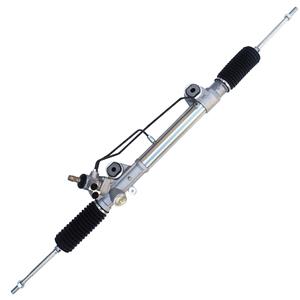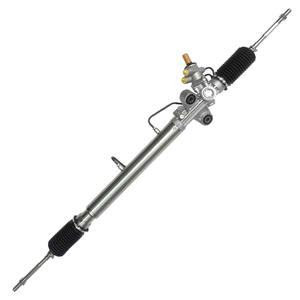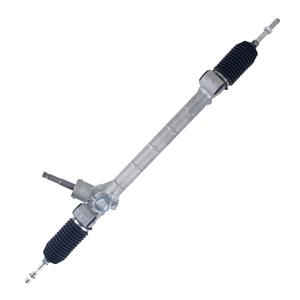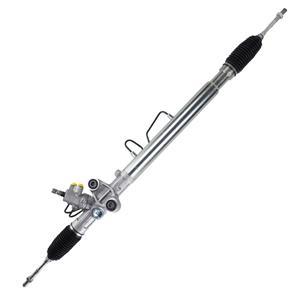Does hydraulic power steering fluid need to be replaced? How often should it be replaced?
The hydraulic power steering system is an integral part of many vehicles. It helps drivers control the steering wheel more easily through the pressure of hydraulic oil. However, many car owners do not know much about the core working medium of this system, hydraulic power steering fluid.
This article will explore in depth whether hydraulic power steering fluid needs to be replaced and how often it should be replaced to help car owners better maintain their vehicles.
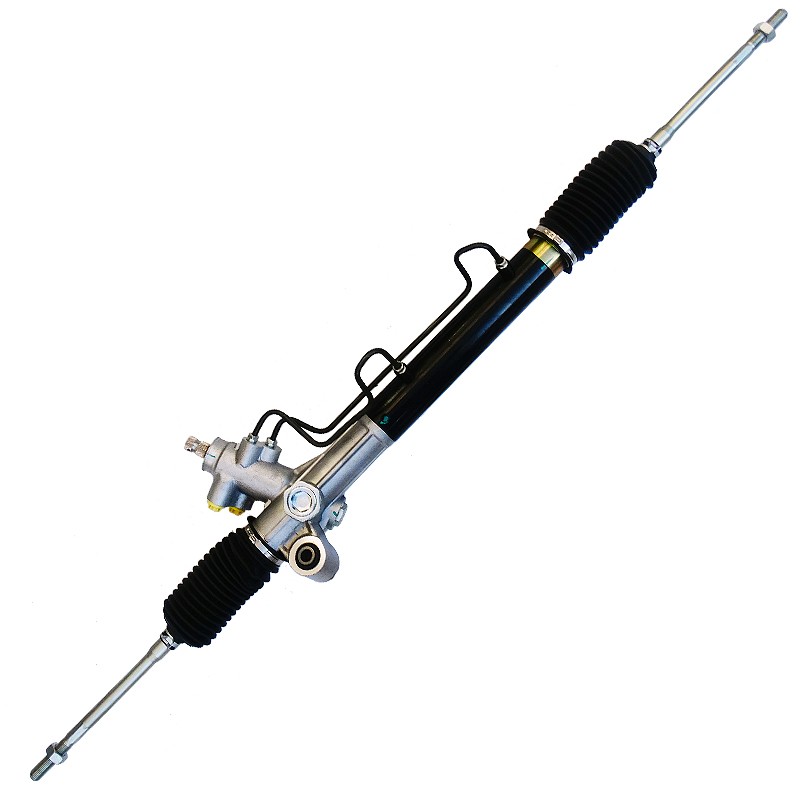
What is the role of hydraulic power steering fluid?
Hydraulic power steering fluid (steering fluid for short) plays a vital role in hydraulic power steering systems. It is not only the working medium in the system, but also has the following key functions:
1. Power transmission: The steering fluid generates pressure through the hydraulic pump and transmits force to the steering rack or the piston of the steering gear to assist the driver in turning the steering wheel.
2. Lubrication: The steering fluid lubricates the various mechanical parts in the system, reduces wear and friction, and prolongs the life of the system.
3. Heat dissipation: The steering fluid absorbs and takes away the heat generated by mechanical movement in the system circulation, maintains the normal working temperature of the system, and prevents overheating.
4. Anti-corrosion: Steering fluid also has anti-corrosion properties, which can protect the metal parts inside the system from oxidation and corrosion damage.
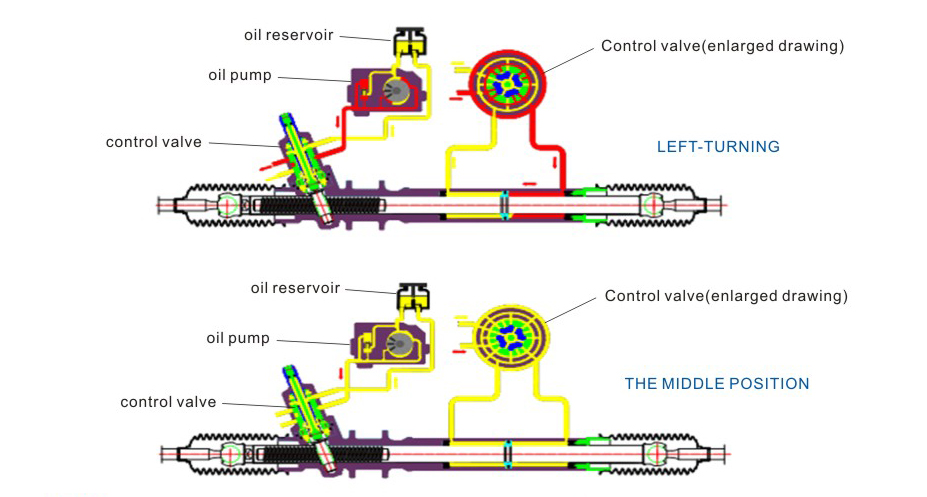
Does hydraulic power steering fluid need to be replaced?
Many car owners may think that since the steering fluid plays an important role in the system, does it need to be replaced regularly like engine oil? The answer is yes. Hydraulic power steering fluid does need to be replaced regularly for the following reasons:
1. Aging of hydraulic fluid
Over time, hydraulic power steering fluid will gradually age. Under the action of high temperature, pressure and mechanical movement, the chemical properties of the steering fluid may change, resulting in its performance degradation. For example, the additives in the hydraulic fluid will gradually decompose, resulting in reduced lubricity and reduced anti-corrosion effect. In addition, the viscosity of the steering fluid may also change over time, which may affect the normal operation of the system.
2. Accumulation of contaminants
During the long-term use of the hydraulic power steering system, some contaminants may gradually accumulate in the steering fluid. These contaminants may come from mechanical wear in the system, aging of seals, or pollution from the external environment. If the steering fluid is not replaced in time, these contaminants will circulate in the system, causing wear and tear on components such as the hydraulic pump, steering rack, and valves, and even causing system failure.
3. Preventing system failure
If the hydraulic power steering fluid is not replaced for a long time, its performance degradation may lead to reduced system efficiency, increase the burden on the hydraulic pump, and eventually cause system failure. For example, the steering wheel becomes heavy, the steering is not sensitive, and even abnormal noise or oil leakage occurs. By replacing the steering fluid regularly, these problems can be effectively prevented to ensure that the system is always in good condition.
How often should the hydraulic power steering fluid be replaced?
Since the hydraulic power steering fluid needs to be replaced regularly, how often is it appropriate to replace it? There is no uniform answer to this question, because the replacement cycle of the steering fluid may vary for different vehicles and different usage environments. But in general, the following factors can be referred to to determine the replacement cycle:
1. Vehicle manufacturer's recommendations
Most car manufacturers will clearly indicate the replacement cycle of the hydraulic power steering fluid in the vehicle's user manual. This is usually based on the design of the vehicle and the working conditions of the hydraulic system. For example, some manufacturers recommend replacing the steering fluid every two years or every 40,000 to 50,000 kilometers. Owners should first refer to the recommendations in the vehicle manual and follow their instructions for replacement.
2. Driving conditions
Driving conditions also have a significant impact on the life of the steering fluid. If the vehicle is often driven in a hot, humid or dusty environment, or is often driven with heavy loads and high speeds, the aging rate of the hydraulic power steering fluid may be accelerated. In this case, the owner may consider shortening the replacement cycle to ensure the normal operation of the system.
3. Condition of the hydraulic system
If the vehicle's hydraulic power steering system has been running for a long time, or there is wear or aging in the system, it may be necessary to replace the steering fluid more frequently. Especially when you feel that the steering system is operating abnormally, or when you find that the steering fluid has deteriorated (such as darkening, bubbles or sediment), replacing the steering fluid may be an effective measure to solve the problem.
4. Inspection and testing of hydraulic fluid
Regularly checking the status of the hydraulic power steering fluid is also an important basis for determining whether it needs to be replaced. Owners can detect the status of the steering fluid by the following methods:
● Color change: Fresh steering fluid is usually transparent or light red. If the steering fluid is found to turn dark brown or black, it indicates that the steering fluid has aged and should be replaced.
● Bubbles or sediments: If bubbles or sediments are found in the hydraulic fluid, this may mean that there is an air leak or contaminants in the hydraulic system. The hydraulic fluid needs to be replaced immediately and the system sealing needs to be checked.
● Viscosity changes: If the steering fluid becomes very viscous or unusually thin, this indicates that its physical properties have changed and it may no longer be suitable for normal use and should be replaced.
Through these simple checks, car owners can promptly detect abnormal conditions of the hydraulic power steering fluid and take appropriate replacement measures.
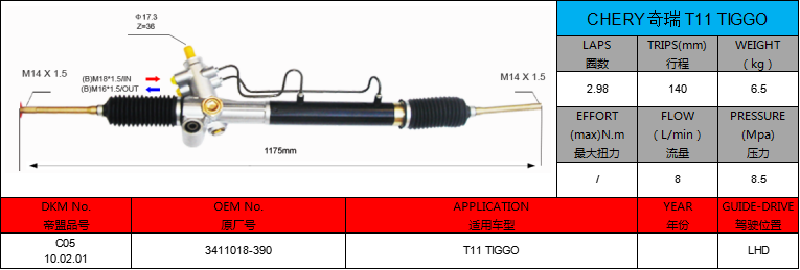
How to replace hydraulic power steering fluid?
Replacing hydraulic power steering fluid is not a complicated operation, but it involves some key steps and precautions. If the owner chooses to replace it by himself, he needs to make sure to follow the correct steps to avoid damage to the hydraulic system. Generally speaking, the steps to replace hydraulic power steering fluid include:
1. Preparation: Prepare hydraulic power steering fluid suitable for the vehicle model, a new hydraulic fluid filter (if necessary), a funnel, a container for collecting waste fluid, and other tools.
2. Drain the old hydraulic fluid: Find the drain port of the hydraulic system or disassemble the pipeline and drain the old hydraulic fluid. Make sure the old fluid is completely drained so that the new hydraulic fluid can fully function.
3. Clean the system: If the hydraulic system has been used for a long time, you can consider using a special hydraulic system cleaner to clean the system. The cleaner can help remove sediment and impurities in the system and extend the service life of the new hydraulic fluid.
4. Add new hydraulic fluid: Add new hydraulic power steering fluid to the system and ensure that the fluid level is appropriate. Be careful to avoid air entering the system when filling.
5. Exhaust: After the hydraulic system is filled with new fluid, there may be air remaining. It is necessary to exhaust the air in the system by turning the steering wheel to ensure that the hydraulic system can operate normally.
6. Inspection and testing: After replacing the hydraulic fluid, start the engine and turn the steering wheel to check whether the system is operating normally and whether there is any leakage or abnormal noise. If everything is normal, it means that the hydraulic power steering fluid has been replaced successfully.
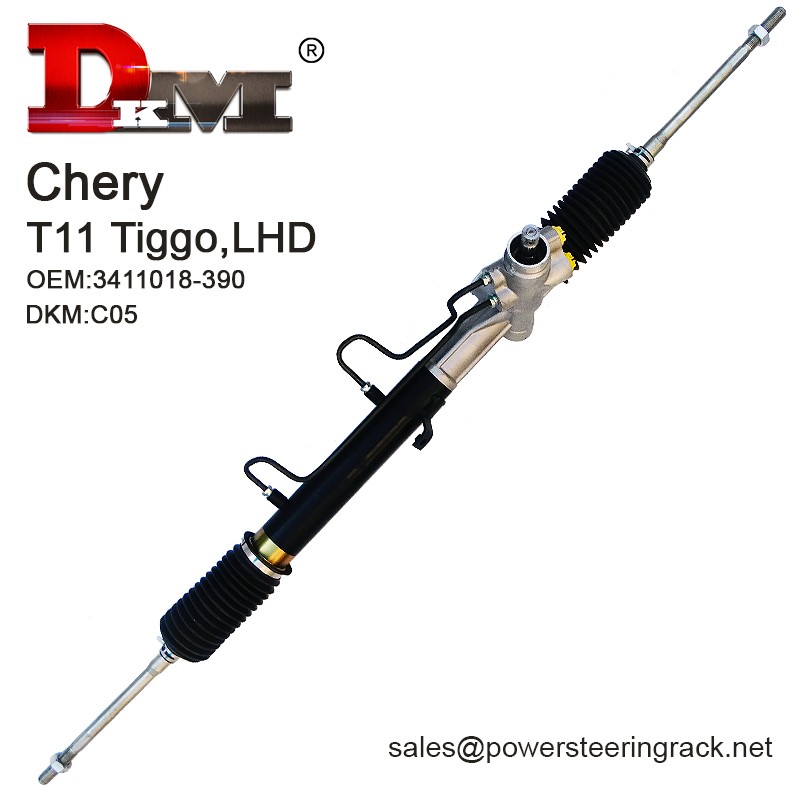
Since 1996, DKM has been a prominent manufacturer of power steering systems, serving a diverse array of global clients. Our gear rack steering systems are widely used in vehicles from renowned brands like Mitsubishi, Hyundai, Toyota, and Honda. Equipped with over 280 CNC machines and automated assembly lines, our factory in Foshan ensures superior product quality and rapid delivery. With exports to markets across the USA, Italy, Southeast Asia, and beyond, DKM is a trusted supplier for distributors, retailers, and OEMs. We offer affordable wholesale options, discounts for bulk orders, and customizable solutions to cater to your unique requirements. Contact us today for detailed quotes and find out why DKM is the preferred choice for automotive steering systems worldwide.

